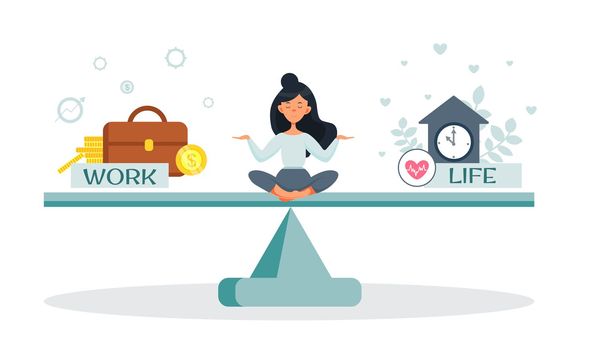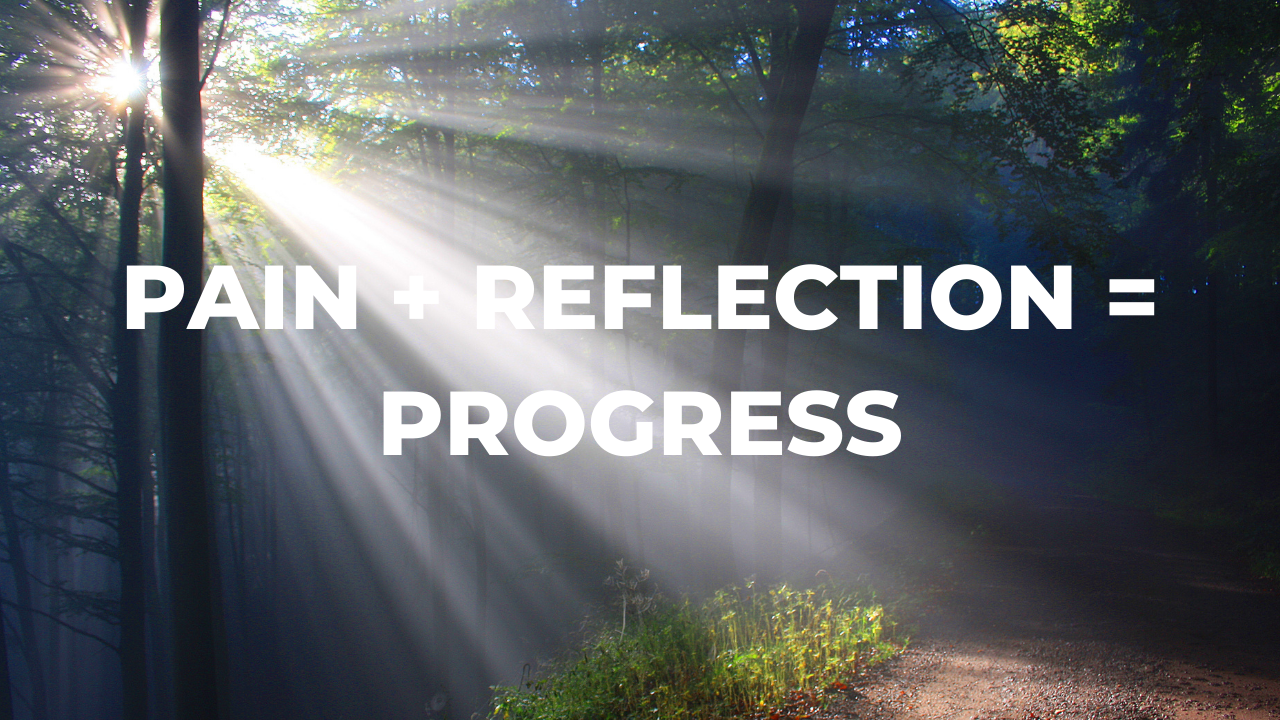
INTRODUCTION:
Self-improvement is a rewarding journey, but it can easily become overwhelming if we try to do too much too quickly. Many people find themselves burning out, feeling drained, and even giving up on their goals. Achieving meaningful growth requires a balanced approach—one that lets us pursue our aspirations while maintaining our well-being. This article explores how to strike that balance and provides practical examples to help you grow sustainably.
1. Setting Realistic Goals
Example: Rather than aiming to completely change your lifestyle in one month, focus on achievable goals. For instance, if you want to become healthier, start by setting a goal to exercise twice a week. Once that becomes a habit, you can gradually increase the frequency. This approach prevents the burnout that comes from setting overly ambitious goals that are hard to sustain.
Why it works: Small, realistic goals help build momentum, making progress feel achievable rather than overwhelming.
2. Prioritizing Quality Over Quantity
Example: Instead of trying to read a new book every week, aim to read one book per month but focus on truly absorbing the content. Taking notes, reflecting on key lessons, and applying them in your life will provide more value than rushing through several books without retaining much.
Why it works: Quality efforts yield deeper, lasting results, while quantity often leads to stress and burnout without real improvement.
3. Embracing the Power of “No”
Example: If you’re already working on personal goals like learning a new language, it’s okay to decline additional responsibilities or activities that might interfere. Saying no to a weekly volunteering commitment, for example, allows you to maintain focus without spreading yourself too thin.
Why it works: Protecting your time and energy helps you stay committed to your main goals and prevents burnout from over-commitment.
4. Scheduling Regular Breaks
Example: If you're working on a big project or studying for exams, take a 5-10 minute break every hour. Step outside, stretch, or just breathe. This strategy refreshes your mind and helps you maintain focus without exhausting yourself.
Why it works: Regular breaks improve productivity and reduce mental fatigue, helping you maintain a sustainable pace toward your goals.
5. Celebrating Small Wins
Example: Suppose you’ve set a goal to save money. If you manage to save a specific amount within the first month, celebrate this achievement—maybe by doing something you enjoy that doesn’t compromise your savings goal, like a movie night at home.
Why it works: Celebrating small milestones keeps motivation high, making the journey of self-improvement feel rewarding rather than draining.
6. Incorporating Flexibility into Routines
Example: If your goal is to wake up at 6 AM to exercise every day but find yourself overly tired on some mornings, allow yourself the flexibility to sleep in occasionally. Doing an evening workout on those days keeps your routine without forcing rigid schedules that can lead to burnout.
Why it works: Flexibility prevents stress and helps you adapt to your body’s needs, promoting long-term commitment.
7. Balancing Personal and Social Life
Example: If you’re working on a self-improvement goal, like building a side business, it’s easy to spend all your free time on it. Make time for socializing with friends or family to maintain balance. For instance, designate one evening a week to relax with loved ones without thinking about work.
Why it works: A balanced social life prevents isolation and promotes mental well-being, which fuels long-term motivation and resilience.
8. Practicing Self-Compassion
Example: Let’s say you miss a week of workouts or fall short of your monthly savings goal. Instead of criticizing yourself, remind yourself that setbacks are part of the process and focus on how you can get back on track.
Why it works: Self-compassion reduces stress and fosters resilience, making it easier to bounce back from challenges without feeling overwhelmed.
9. Managing Screen Time
Example: If you’re learning a new skill, like coding or graphic design, set a timer to manage your screen time. For instance, after two hours of working on your computer, take a screen break by going for a walk or doing something offline.
Why it works: Taking breaks from screens reduces eye strain and mental fatigue, helping you stay balanced and energized.
10. Reflecting on Progress Regularly
Example: Set aside time each month to evaluate what’s working in your self-improvement plan and what’s causing stress. Adjust your approach if necessary. For example, if you feel drained from daily journaling, consider switching to once a week.
Why it works: Regular reflection helps you adapt your goals and strategies, ensuring they remain achievable and enjoyable rather than overwhelming.
Conclusion
The journey of self-improvement doesn’t have to come at the cost of well-being. By setting realistic goals, prioritizing quality, and embracing balance, you can achieve sustainable growth without burnout. Remember, personal growth is a marathon, not a sprint. By pacing yourself, listening to your needs, and adjusting as you go, you’ll be better equipped to reach your full potential while maintaining your mental and physical health.


You must be logged in to post a comment.